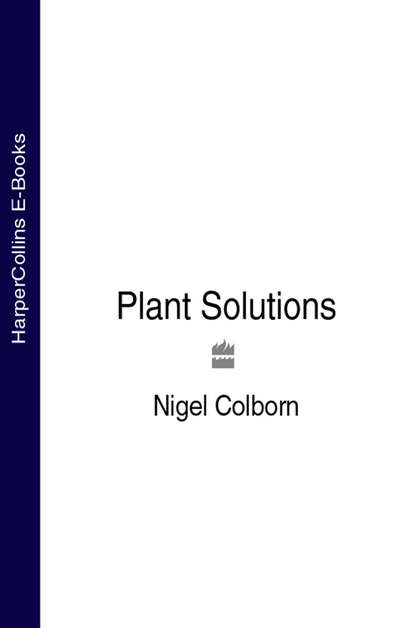По всем вопросам обращайтесь на: info@litportal.ru
(©) 2003-2024.
✖
Plant Solutions
Настройки чтения
Размер шрифта
Высота строк
Поля
A strong-growing species whose naked violet-mauve blooms appear soon after the Autumn Equinox. The petals are feathered with darker purple, making a handsome contrast with the orange stigmata. Leaves follow the flowers, in late winter.
3. Crocus sieberi ‘Tricolor’
Wild forms of Crocus sieberi vary considerably, even when found in the same location, but the vivid mauve and ochre flowers of this garden selection make a startling display.
4. Crocus imperati
A striking crocus for late winter whose outer petals are biscuit-beige with bold pencilled feathering in deep purple-black. When the flowers open, to reveal bright lilac-mauve interiors, their appearance is transformed.
5. Crocus hybrid ‘Jeanne d’Arc’
Dutch hybrid crocus are much larger and coarser than their wild forebears, but still retain that essential early spring charm. Colours range through purple and mauve shades, often with striped petals, but one of the most outstanding varieties, ‘Jeanne d’Arc’ is pure white.
6. Crocus sieberi ‘Bowles White’
A more delicate, dainty plant altogether, than the hybrid Dutch crocus, this selected white form of the wild Crocus sieberi has been popular in cultivation for almost a century.
7. Crocus chrysanthus ‘Cream Beauty’
Another variable wild species has given rise to a broad range of subtly coloured, gem-like beauties. Their flowers are more goblet-shaped than larger, cultivated crocuses.
8. Crocus ancyrensis
The ‘golden bunch’ crocus, one of the earliest of the yellows to bloom. The small flowers are produced in tight clusters from each corm, and are a vivid egg yolk hue.
Bulbs for rock or gravel
Galanthus reginae-olgae
Hardy bulb
A remarkable snowdrop species, from Greece, which, instead of flowering in midwinter, produces autumnal blooms without leaves. The flowers are similar to those of the common snowdrop, with three outer tepals and green-tipped inner parts. Leaves develop in late winter.
Soil preference: Any free-draining
Aspect: Sun
Season of interest: Autumn
Height and spread: 15cm × 5cm (6in × 2in)
Companion plants: A conversation piece rather than a garden essential, but fun to grow with the yellow, crocus-like Sternbergia lutea to create an out-of-season spring effect.
Muscari neglectum
Common Grape Hyacinth Hardy bulb
The commonest species, with grassy foliage and short stems crowded with small, dusky blue flowers shaped like tiny, rounded jars with restricted openings. Multiplies invasively from small offshoots, as well as seeds, so not a plant to let loose where it could become troublesome.
Soil preference: Any
Aspect: Any except deep shade
Season of interest: Spring
Height and spread: 15cm × 5cm (6in × 2in), spreading
Companion plants: Natural-looking among pebbles, especially when blended with the white Muscari botryoides ‘Alba’ or with crocuses.
Muscari comosum
Hardy bulb
Heather Angel
A curious species, tall for a grape hyacinth. The lower spike carries fertile flowers, which are brownish and jar-shaped, but above these are bright mauve plumes or tufts of sterile florets. The garden form M. c. ‘Plumosum’ bears only dense masses of the beautiful mauve sterile florets.
Soil preference: Any free-draining
Aspect: Sun or partial shade
Season of interest: Spring
Height and spread: 30cm × 10cm (1ft × 4in)
Companion plants: Interesting addition to a mix of drought-tolerant bulbs which might also include Tulipa batalinii, Bellevalia dubia and Scilla peruviana.
Ornithogalum thyrsoides
Chincherinchee Marginally hardy bulb
A South African native with narrow, pointed leaves which tend to wither before the erect, naked flower stems appear. These bear spikes of closely packed, white, cup-shaped flowers. An excellent cut flower, but not very long lived in the garden.
Soil preference: Free-draining
Aspect: Sun
Season of interest: Summer
Height and spread: 60cm × 15cm (2ft × 6in)
Companion plants: The cool, white flowers are refreshing among gravel scree plants, particularly, dark leaved Carex species such as C. buchananii and with grasses such as Stipa tenuissima.
Anthericum liliago
Hardy bulb
Grassy foliage and in early summer, tall stems bearing widely spaced, lily-like flowers in startling white. The selection A. l. major has larger flowers with wider petals. A graceful meadow plant from southern Europe, which seeds freely in gravel when happily established.





